For the next three days, I am going to republish my three most popular posts this year (although one was actually written in 2011). Here is my number one post- from January 3, 2012:
I love Jennifer Aniston. If I could look like anyone, it would be Jennifer Aniston. She has the most beautiful skin.
This, almost verbatim, is what one of my students said to me a couple semesters ago.
And I dig Jennifer Aniston. Have dug her since Friends and think she’s adorable and funny and well just darn likable. So what I did next wasn’t a conspiracy against Jennifer Aniston, I promise. It was simply a desire to create a more realistic worldview for my students. Because here is what I know. You don’t get to your forties, after a couple decades spent smoking and sunning, without life showing up a bit on your face. That’s not a criticism- it’s just real. I know. I look at my face in the mirror every day, and I can tell that I didn’t wear sunscreen for awhile.
So, I went on a hunt. For a picture of J. Aniston that showed what she might look like without make up or photoshop. And here’s what I found:
An absolutely adorable Aniston in that actual photograph on the left. And then the final image that was presented of Aniston from that photo shoot. Aniston polished, photoshopped, brightened.
And if you think Aniston’s the only one who gets the photoshop treatment, you are sorely mistaken. The question isn’t who gets the photoshop treatment. It’s who doesn’t.
To prove my point, here are five more manipulated images that were put out for our consumption. Treat this challenge like one of those “what’s wrong in this picture” puzzles in the newspaper.
And lest you think that photoshopping is new and only in women’s fashion magazines: nope. Here’s a 1989 manipulated TV Guide cover. Oprah’s face, Ann Margaret’s body.
And it’s not just women who get the photoshop treatment. Here’s Clive Owen with all of the life sucked out of him.
When we discuss media literacy, I stress to my students how important it is to understand that everything we look at has been manipulated in some way. We are all being sold a bag of goods- and it has, unfortunately, been made our job to be as discerning and literate as possible in order to avoid some, most, all of the damage that buying into the images we’re sold can do. So, arm yourself with this knowledge and never, ever look at an image for its surface again.
Did you know that photos were so dramatically photoshopped? Can you look at images in a magazine without punishing yourself? Do you have a favorite photoshop discovery?
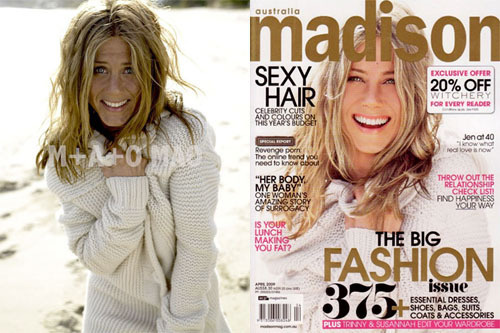

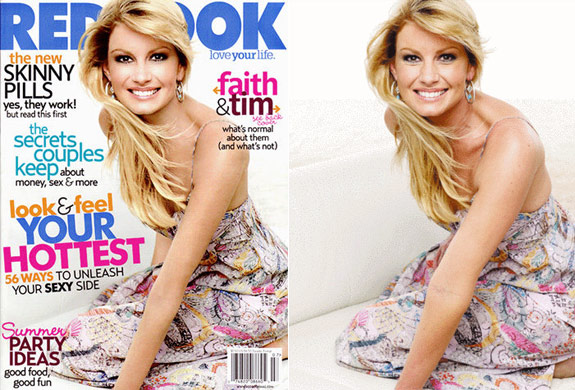
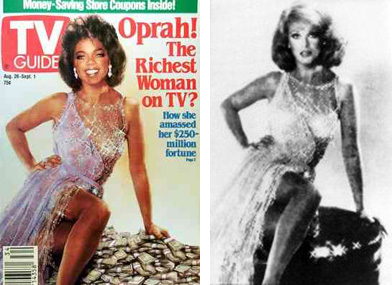
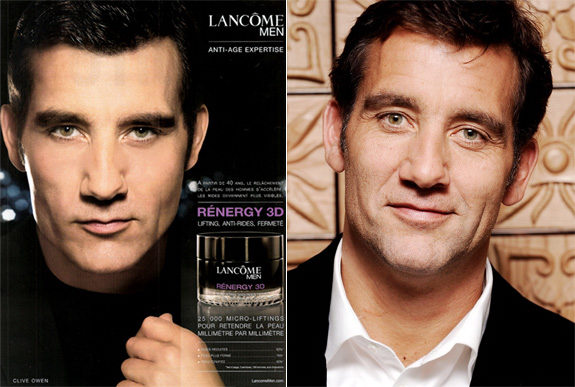
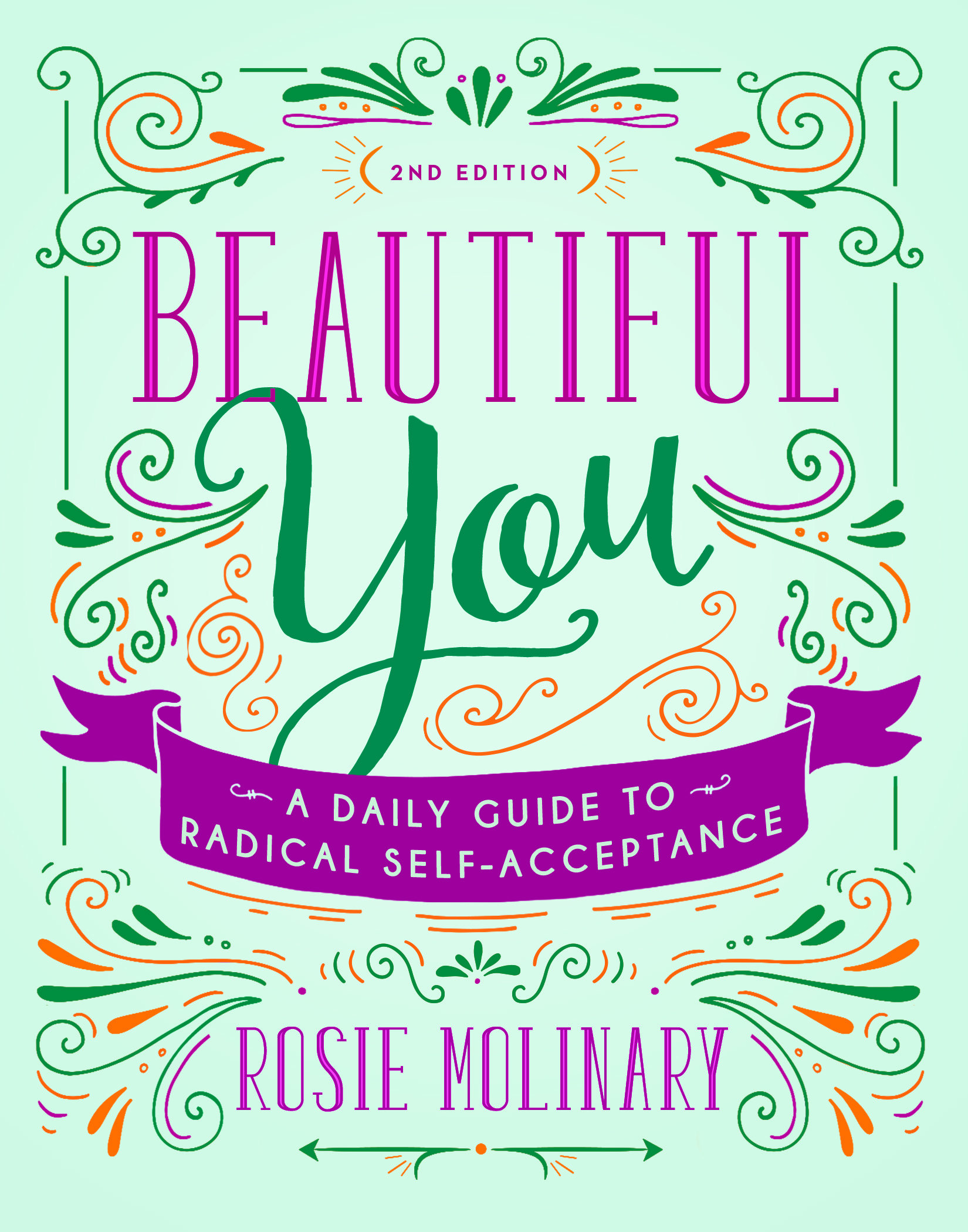


Perhaps you are already aware: I have developed a web page (http://www.frankwbaker.com/isb.htm)whose purpose is to get all of us to be more aware of the manipulation of images, which is not a contemporary technique–it’s been happening since the early days of photography.
Thanks for sharing, Frank! I’ll definitely go check it out!